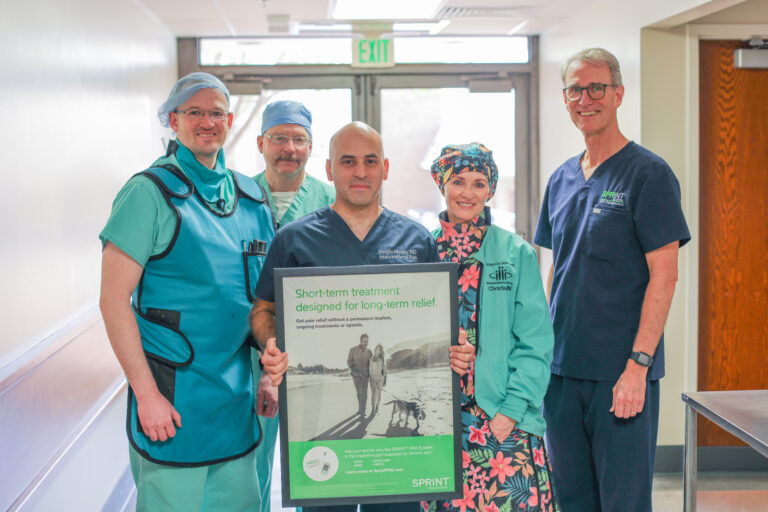Weight Loss Procedures
Obesity is accurately recognized as a disease and the cause of many serious health conditions, including diabetes, high blood pressure, heart disease, asthma, and sleep disorders. Weight-loss surgery is now accepted as a proven method to treat this disease and most insurance carriers offer coverage for weight-loss surgery.
For overweight patients who have never been able to maintain their weight with prescriptions, special diets, or physician-directed weight-loss programs, the Weight Loss Center at Bingham Healthcare has five safe and effective weight-loss procedures:
- Intragastric Balloon
- Gastric Band (LAP-BAND)
- Sleeve Gastrectomy (Gastric Sleeve)
- Gastric Bypass (Roux-En-Y)
- Duodenal Switch
As part of the customized program at Bingham Healthcare’s Weight Loss Center, an extensive assessment exists to determine which weight-loss option will be the safest and most effective for you. Our weight-loss specialists dedicate the time to meet with patients before and after surgery to help them navigate through this significant change.
All-New Intragastric Balloon Procedure
We are the first weight-loss program in Idaho to perform this new, out-patient procedure. The Intragastric Balloon is a liquid-filled, balloon-like device that is inserted into the stomach via the esophagus to aid in weight loss. This helps patients feel fuller and reduce food intake, and this procedure does not involve any incisions.
Gastric Band (Lap-Band) Surgery
With this surgery, a silicone band is placed around the upper part of the stomach. A small pouch is created, allowing the stomach to hold less food, in turn making you feel fuller, faster. It is the only minimally invasive surgical option that is adjustable, and it is placed in the body without cutting or stapling, and no gastrointestinal rerouting or bypassing is involved.
Gastric Sleeve (Sleeve Gastrectomy) Surgery
This is the most popular weight-loss surgery today, which limits the amount of food you can eat by reducing the size of your stomach. This limits the amount of food that can be eaten and leaves the patient feeling full sooner and for a longer period of time. This surgery also decreases the hunger stimulating hormone—ghrelin.
Gastric Bypass (Roux-En-Y) Surgery
This surgery limits the amount of food a patient can eat and the amount of calories the body will absorb. By separating the stomach into an upper and lower section, consumed food will only go into the upper stomach, which is called the “pouch.” The stomach pouch after surgery will only be able to hold as much food as the size of an egg. This surgery also connects a part of the small intestine into a hole in the pouch, creating a new pathway for the food a patient consumes.
Duodenal Switch Surgery
This surgery involves removing about 85 percent of the stomach. However, the duodenal switch also includes the division and rearranging of the intestines, which minimizes the amount of calories that are absorbed by the body. The duodenal switch has been said to produce the greatest weight-loss of all procedures. This surgery has also helped patients with diabetes, high blood pressure, high cholesterol, and high triglycerides.



